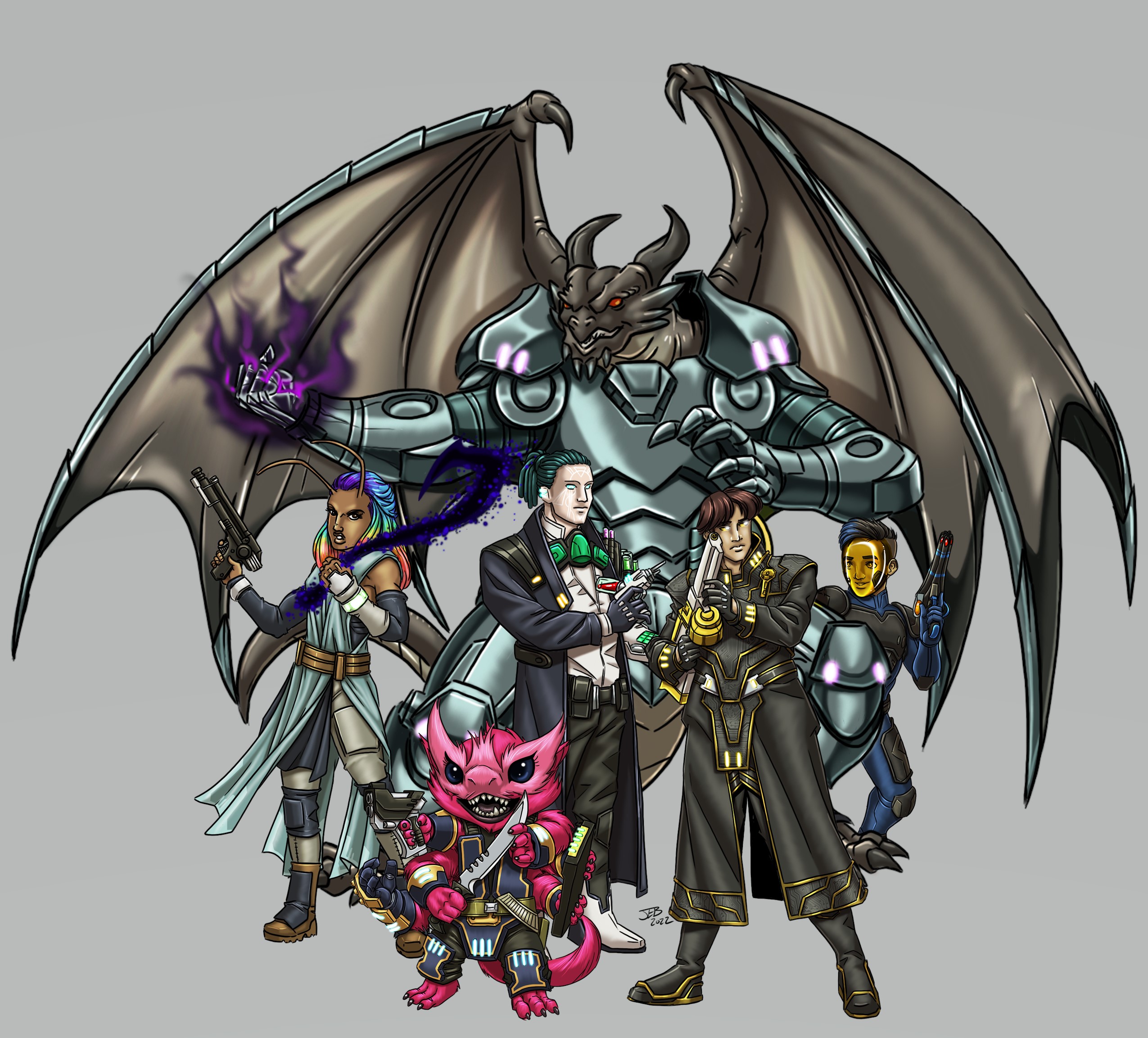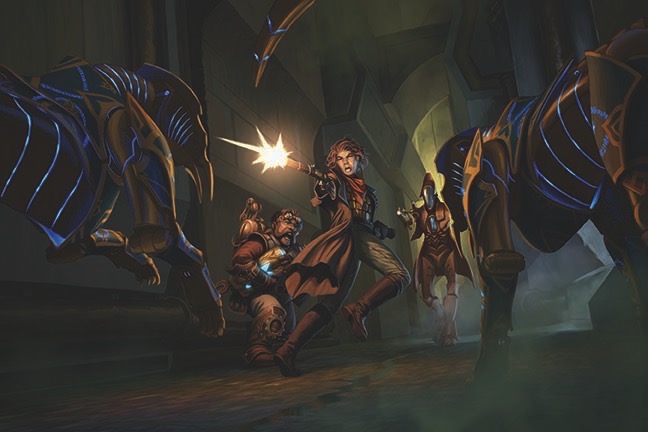Dear Oras, thief of change, He Who Covets the Dankest Genes,
How are you doing? It’s been a while. I’m doing fine. And despite what you may think, that’s the problem. I still wake up every day in my normal, boring human body, not a single scale or feather to be seen. Two eyes, two legs, two hands and feet, painfully symmetrical and frustratingly mundane.
Perhaps my previous threats were not enough to motivate you, so I will make myself perfectly clear. I demand that you release your monopoly on metamorphosis and allow my ascension into an eldritch abomination. If I don’t wake up tomorrow within a cocoon of my own carapace, dissolved into a biological slurry and well on my way to emerging reborn as the embodiment of physical horror, I will physically transform Jerry from accounting into an overcoat.
On second thought, autumn is pretty close. I’m doing the coat thing anyway.
Hello and welcome to Eldritch Excursion, the blog understands the flavor of beauty being skin deep and masters the mechanics of the Beauty stat by growing extra layers of skin. Speaking of layers, I’d like to share some homebrew rules I’ve been working on for Starfinder. It should come as no shock that I’m a big fan of the options for biological equipment. Everything from weapons to body mods and even entire classes allow you to go organic, but there’s a starting lack of living armor in the game. It’s strange that we’ve had the tech to wear beasties like pajamas since 1990 but the Pact Worlds haven’t quite cracked the code.
Of course, with the second edition of Starfinder in development, this homebrew is going to show its age. Thankfully, I’m actually a master of 4D chess and made the gigabrain move of including advanced player options for living gear in previous articles that will likely be easy to squeeze into the new edition of the game. That’s right, I wrote this article in an old article for an edition of a game that I wasn’t even aware existed yet. My cabal of time traveling alternate past and future selves all say “You’re welcome” for that one.
They also say “hurry up and finish your part of our ‘vengeance against Oras’ plan we don’t wanna deal with another paradox” so let’s do this.
Special Armor Property: Living
Much like living weapons, living armor are living organisms designed for protection. Favored by bioengineers and naturalists, these suits are more complex than common biotech while still functioning similarly to manufactured armor.
Living armor uses all the same rules as living weapons to determine what abilities it can be affected by, its own ability scores, how it regains Hit Points, and what skills can be used to repair it.
The advanced systems of living armor allow it to accept augmentations normally suited for living creatures. Instead of its allotted number of armor upgrades, living armor can accept an equal number of augmentations so long as they are installed in different systems (such as arms, spine, etc). Any creature wearing living armor is treated as if they have these augments installed in their own body. In cases where the creature and the armor’s combined augmentations surpass the creature’s limit on augmentations per system, the creature’s own augmentations are rendered dormant until the armor is removed. Personal upgrades cannot be installed in living armor, as they lack the complexity for that level of growth.
Unlike manufactured armor, living armor does not provide environmental protection beyond the range of mundane clothes. The suits themselves can resist the effects, but sharing this protection will require the appropriate augmentations to be installed.

Armor Descriptions
Some examples of living armor are listed below. Each functions similarly to a type of manufactured armor, but still has the same benefits and restrictions as living armor.
Hivewear Armor (I-V)
Adapted from a variety of advanced insect species, hivewear armor is made up of a living exoskeleton that protects the wearer from harm. Early versions proved too rigid to enhance with augmentations, but more advanced models overcome the mutation resistance of their resilient ‘doner’ species.
Hivewear armor uses the statistics of freebooter armor.
Beastmorph (I-V)
Sturdy and reliable, beastmorph armor gets its name from the feral nature of its design. The namesake comes from the method of creation, which involves a vaguely humanoid ‘shell body’ that’s modified to grow mutations from one or two different species of animal. While the suits lack scything claws and gnashing teeth (at least, without augmentations), mercenaries swear by the effectiveness of their intimidating appearance.
Beastmorph armor uses the statistics of golemforged plating.
Metamorph Suit (I-IV)
Early prototypes for living armor came from the ‘cutting room floor’ of fringe geneturges, often producing works that were a bit clumsy and looked less like armor and more like amalgamate fusions of a variety of creatures. While slightly below par in terms of protection, they boast greater tolerance for installing a high number of augmentations thanks to their mildly mutagenic properties. Buyers are advised to purchase exclusively from ethically sourced laboratories.
Metamorph suits use the statistics of estex suits.
Starforged Elderhide (I-V)
The stranger the prey, the greater the armor. At least, that’s the thought behind the creators of elderhide armor. Made from the harvested genetic data of aberrations, this toughened armor features several tendrils that fold in and protectively grasp the user. While it can be stiff and uncomfortable, the protection provided by the multiple layers of cultivated flesh is undeniable. Some users report mild audiovisual hallucinations, these are commonly dismissed as the result of stress on the battlefield.
Starforged elderhide uses the statistics of vesk overplate.
That about does it. Enough rules to make the armor feel different while acting as an effective template that you can slap onto just about any previously existing armor. I had some ideas for power armor, but those are far more ambitious and may deserve their own article. Come back next time and I’ll enlighten you with my idea for a sludge-based economy.







